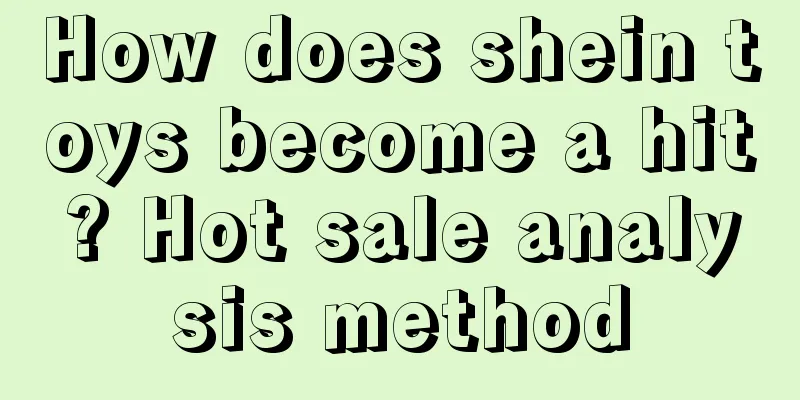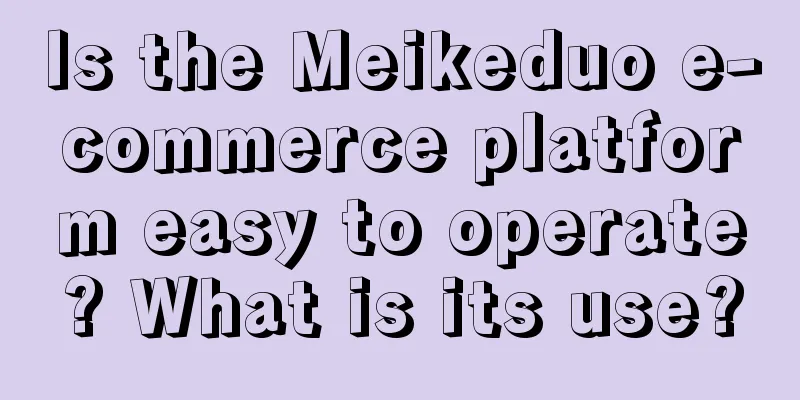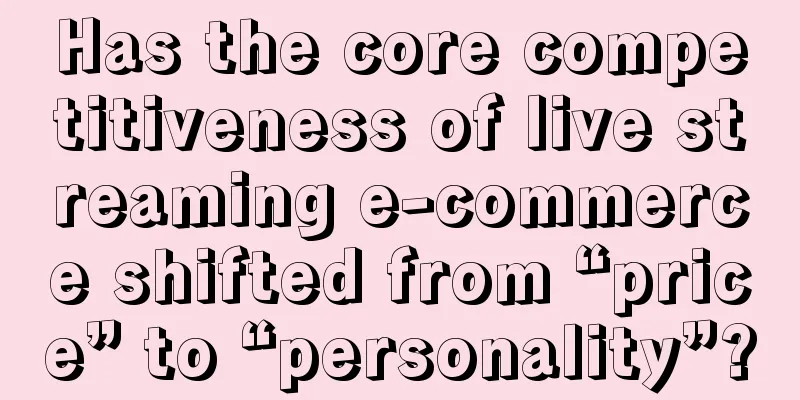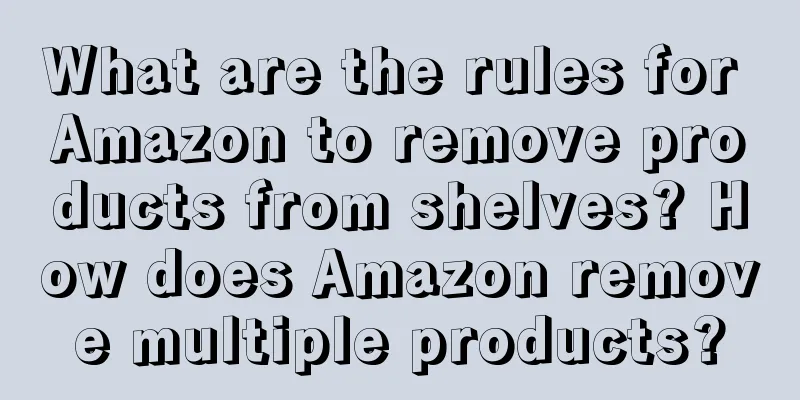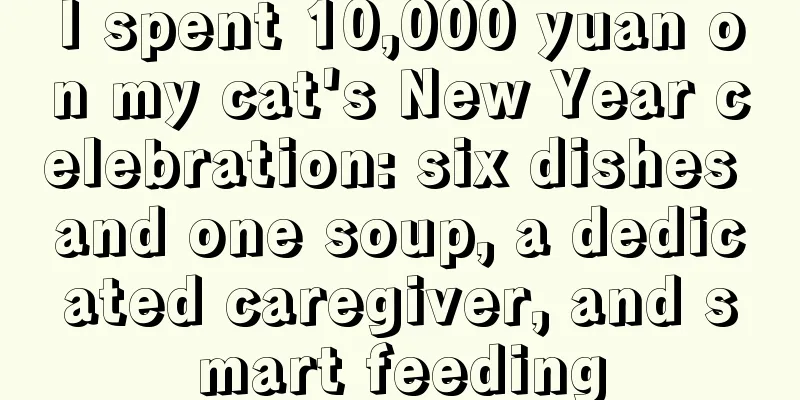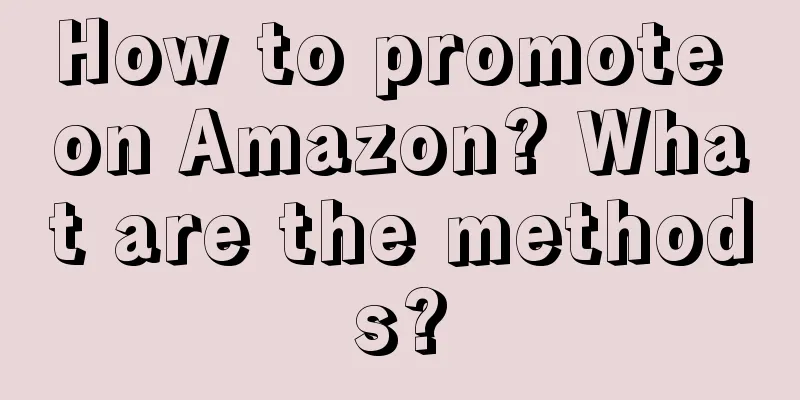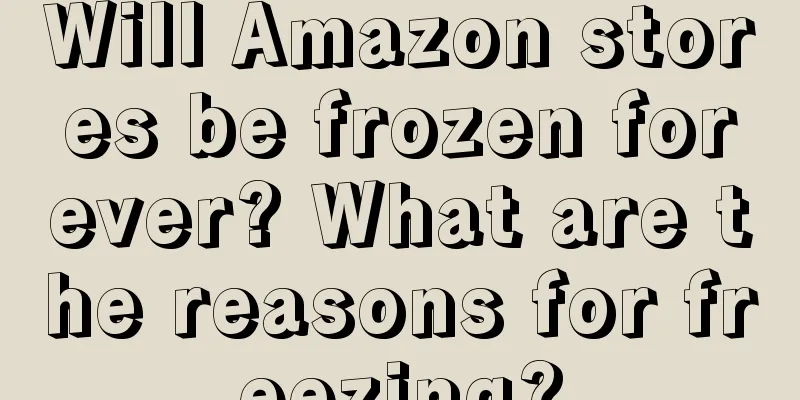Brand No. 1, don’t forget the basic probability when building a brand
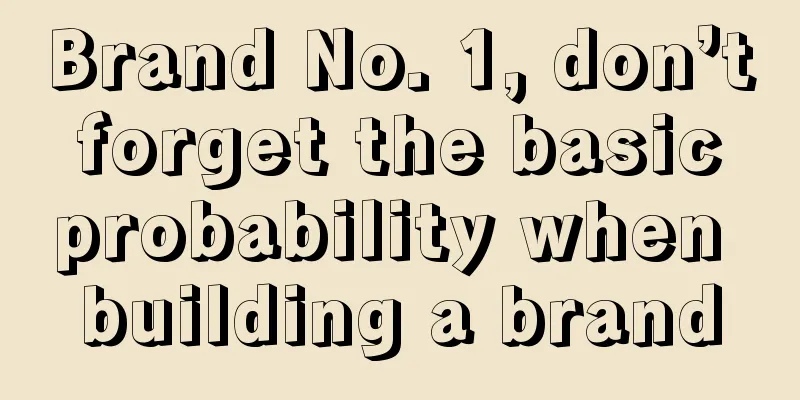
1. User BehaviorThe concept of the whole domain is essentially to deal with the fragmentation of consumer touchpoints caused by the differentiation of media. The common domain is the traffic conversion efficiency of content and KOLs, and the private domain is the user stratification operation, which is a problem of consumer life and behavior cycle management. 5A: From the perspective of consumer behavior, describe the strength of the behavioral relationship between consumers and brands.
2. Mental InsightThe essence of homogeneity is cognitive homogeneity. In the eyes of consumers, homogeneity means "equal value" - equal value. Without unique value, your position is a spare tire, and the choice of you is random. There are two aspects to homogenization: First, de facto convergence; Second, there are differences in fact, but there are similarities in cognition. To this end, the core of differentiation is to create "consumer cognitive bias". Faced with the competitive situation where Yakult was the number one in market share, Wei Chuan found a common sense point in the category: "0 fat" quickly occupied the market; it actually became the second place, followed by Mengniu and Yili. In fact, all lactic acid bacteria are fat-free, and 0-fat products are a common feature of the entire category, not a unique feature of Weiquan products. Similarly, 99% of beverages are 0-fat, and Yuanqi's insight into consumers is not in the two zeros of 0 sugar and 0 calories, but in a nonsense word 0 fat. The core of differentiation is the subtle insight into user needs and whether you have found that point and regard it as the core differentiation in communicating with consumers. 3. GMV = People who have heard of X, are willing to buy X, buy to X, repurchase X, and have capacity in the product categoryGMV is determined by these five elements, which correspond to brand actions: product, positioning, promotion, channel, and operation. As for which one is important and which one is not, none of them can be missing. Products are important in the product battlefield stage, channels are important in the terminal decisive battle, promotion is important in the media communication stage, and mental brands are important in the final battle of competition. Different stages have different contradictions, and different contradictions lead to different problems.
4. Don’t forget the basic probability of anythingThe probability of an event happening is equal to = basic probability * the probability of the event itself. Category is the foundation and ceiling of the business. In a declining industry, you cannot escape from it. The basic plate of the category determines the probability of success or failure to a large extent. Think of business as a semantic tree. Before delving into details or branches and leaves, you must understand the basic principles. Small opportunities in the big track are based on the understanding of the basic principles of categories and differentiation. Otherwise, the details and leaves will have nothing to attach to. The underlying logic of unchanged categories is that the value of connecting to customer needs remains unchanged - categories connect to needs, consumers think in terms of categories and express themselves with brands - have a bottle of Coke, drink some Starbucks, take a Didi. Coke = Coca-Cola, Starbucks = coffee, Didi = taxi, and brands occupy (represent) categories, which is the shortest path to grasp the underlying needs of consumers. Brands are the tip of the iceberg, while categories are the entire iceberg - only by understanding categories can we better understand business. The power of "differentiation" makes the world rich and colorful. Everything in the world originates from "differentiation", and "differentiation" is the inevitable trend of species development ("The Origin of Species"). Three logics:
5. Brand is the ultimate moat of an enterpriseTraffic occupies the channel, and brands occupy people's hearts. The essence of traffic is buying and selling (buying traffic and selling goods). Only when consumers are willing to pay a premium for the brand and pay for the brand, the company has a real moat, which is also the value of building a moat. In terms of the product dimension, for the same function and category, once the consumer's mind is saturated, it will be difficult for you to break into it again. In the field of marketing psychology, there is a concept that users can only remember seven brands in a category. In the current era of media information explosion, products are not competing products, but the competition for attention itself is. Attention first comes from the demand for the category, followed by the presentation of media + traffic + content, and then the choice of brand. That is, demand-search-interest-comparison-selection-purchase-evaluation-sharing-repurchase. 6. How to play? Choose one of the four options: defense, offense, flanking, guerrillaThe vast majority of strong brands are created in the early stages of a category’s rise. The advantage of a category’s own halo and becoming number one comes first from the advantage of cognition. The opportunity for the second and third place is to discover, create, and combine cognitive advantages and corporate strength to make objective choices (offensive warfare, defensive warfare, flanking warfare, guerrilla warfare). Battlefield (creating cognitive advantages), battle zone (focusing on advantageous resources), battle situation (brand differentiation strategy), battle situation (grasping the trend of category differentiation). Based on the conditions of superior cognition and the basis of corporate strength, the battle zone is selected and the battle is decided. As the saying goes: Knowing the place of battle and the day of battle, you can fight thousands of miles away - Sun Tzu's Art of War.
7. Scale is a competitive barrier and the main infrastructure of the moatSilicon Valley godfather Jeffrey Moore once made an interesting statement about the final market structure of emerging industries: Imagine there are three animals in the forest: gorillas, baboons, and monkeys. The 800-pound gorilla is the undisputed overlord, and all the bananas in the forest belong to it; the baboons do not compete with the gorillas for the market, but focus on their own market; the monkeys often travel in groups, but they can only survive by picking up small and rotten bananas that the gorillas and baboons do not eat. The boss's problem is how to achieve scale advantage, and then have the cost advantage of the entire product line. Michael Porter, total cost leadership emphasizes: when other companies have lost profits in the competition, this company can still make profits. Without scale, there is no basis for quantity. 8. Business = Position x Rhythm x Strength x StrategyFrom the perspective of industry, there are industry market price segments; from the perspective of categories, there are category differentiation and category characteristics; from the perspective of competition, there are previous waves and there will be more waves to come. Sun Tzu's Art of War says: If you know the place of battle, you can fight a thousand miles away on the day of battle. Knowing where to start a battle and choosing where to start a battle are more important than the action of starting a battle. In the battle for Shu-Han, Liu Bang occupied Hanzhong (occupied an advantageous position). Xiang Yu wanted to attack but could not break in, but Liu Bang could attack at any time, achieving the strategic effect of being able to conquer the world directly if he advanced or to stay in a corner if he retreated (occupied an advantageous position). Liu Bang could fail many times in specific battles because Hanzhong, as an advantageous position, could preserve his strength. A sentence from Luo Shuai in the movie "The Final Battle":
9. Breaking pointAny product must have only one core function, not a variety of optional functions. The more you talk about functions that are neither good nor bad, the more mediocre the product becomes. Mediocrity actually means that you haven't found the real point. If you can't find that point, you can't break the situation and open up the situation. Breaking through the situation must be coordinated with the general direction, points, lines, surfaces and bodies, and establishing a big picture of the single product leading system. Former Apple CEO Sculley mentioned a term called (zoom in) abstraction and (zoom out) focus, looking at the direction and trend of the entire industry from a high level, which is the direction of the battle, and the latter is to focus on a single point to break the battle situation. He can see the battle situation and sink into the game, start the game, and break the game. There are few people in the world who can perfectly combine these two. Fortunately, we are an organization, and the chairman's talent and the general manager's strategy can complement each other. 10. Small and beautiful categories, narrow and deep products
Wang Baobao, Xiaoxiandun, Wang Xiaolu, Santonban, Ramenshuo, Huaxizi, Perfect Diary, and Taier Pickled Fish, in the process of growing new consumer brands, have concentrated on three characteristics: fast speed (Perfect Diary), accurate insight (Santonban), and betting on traffic dividends (Huaxizi). That is: fast, the market process of products from 0 to 1 is fast, accurate: accurate insight into consumer demand granularity, dare to seize traffic dividends, all in online.
11. Top-level designTop-level design: Top-level design is not about designing the top level, but about forming top to bottom: going all the way to the bottom, going all the way to the bottom, and going all the way to the bottom. That is: corporate strategy - market strategy - brand strategy. Corporate strategy determines market strategy, and market strategy determines brand strategy. Corporate strategy determines what to do and what not to do. Corporate resources are limited, and the strategy at the corporate (organization) level first determines what not to do and what to do. Choose what industry (track), what market opportunities to target, what business segments to do, and what product line planning to pull out. That is: industry-market-business-product line Market strategy: You can think of market strategy as drawing a "battle map". The enterprise strategy has already planned the industry, market, business, and product line, just like the food and soldiers are ready. How to fight this battle, which soldiers (products) to send out first, which hilltop (origin market) to occupy first, which soldiers to send out later, how to go from a point to a line, and then to a surface, and what kind of situation to form. Brand strategy: Products occupy shelves, while brands occupy minds. The best strategy is to attack the enemy's strategy. It means what kind of flag you should raise to command the world and conquer the world. How important is this flag? It is related to investment and can determine life and death. It comes down to: brand naming, product serial packaging, and differentiated reasons for purchase.
12. Five-paragraph theory of competitive value
The five levels represent the evolution of competition in a category market. The higher the progress of levels 1-5, the stronger the competitive moat for profit will be, and the more powerful the brand will be in pricing. Similarly, in a category market that uses brand as a competitive tool, it will eventually move from level 1 to level 5. In the product stage, having a product is better than having no product, a good product is better than a bad product, and having technology is better than having no technology; in the channel stage, the quantity of offline and online companies will eventually be consistent; brand awareness is nothing more than celebrities + advertising, pictures and texts + short videos, traffic + content. Competition on the product side, channel side, and brand awareness side has gradually escalated to competition on brand recognition. Equipment can immediately catch up, and production capacity can be enlarged. In the long run, offline channel distribution will eventually become a zero-sum game. Online, you can promote products on Taobao, JD.com, and Tmall, and I can do the same. These are not the most important. What really matters is who is the first to penetrate the mind and inject the brand into the mind. In the current melee stage, all brands have opportunities. 13. Category differentiationIn the process of differentiation, there will be a fuzzy stage - the critical state of differentiation. For example, imported beer may have formed a new category in the cognition of heavy consumers - drink some imported beer. Even this kind of heavy consumer group supports the emergence of segmentation in cognition. However, among the broad spectrum of people, it may not have the cognitive basis for this segmentation, and they may think that both belong to the beer category. Judgment basis: consumption trends, perception, and opponent's defense. Consumption trend: Are more and more people buying this product, especially those in your parent category, leaning towards you? For example, among people who drink beer (parent category), are more people shifting to the trend you think? Perceptibility: Does the new category have a clear and effective benefit point compared to the original category? Is the differentiated value point obvious enough for customers to perceive? For example, is there a clear perceptible difference between the taste of imported beer and domestic beer, especially for non-heavy consumers? If so, the brand that promotes the category should enter the mind as soon as possible before the cognitive window. Defense of the opponent: The opponent of the original category: This type of competitor is the biggest threat to us. They are very familiar with the industry and may even be stronger than you. The new category you differentiate will usually cause damage to their interests, and they will definitely find ways to block you. This requires finding the opponent's structural disadvantages. 14. Extremely absurdCreating a bigger, more complete, and better company to surpass competitors is like throwing an egg against a rock for a startup. Startups should maximize a single factor, focus on the most critical single factor, and concentrate their superior strengths to make a breakthrough. Munger said: Once a company achieves something almost absurd in an important link, it has a winning system. In fact, good businesses can live in people's hearts, but it is not easy to live in people's hearts. Users will hardly remember ordinary or mediocre products and services. What can make users remember and be moved are those almost absurd qualities or services. Focusing resources on a single point and a single element will bring about the peak experience of word of mouth. Because the extreme absurdity generated by a single factor is the easiest to trigger strong memories and goodwill among users, and it is also the easiest to establish popularity and open up relevant mental connections among users. Once this kind of traffic returns, its brand will inevitably benefit. The key to a company's success lies in "maximizing a single factor", that is, the company should focus on a core factor of the first curve, invest heavily in resources, identify the breakthrough point through a 10-fold change in a single factor, and then invest all resources to maximize the single factor and break through the threshold. This requires the founder's judgment and execution. Author: Houshan Keju; Official Account: New Consumer Brand Research Society (ID: PDD6977) |
<<: Who is being upset by Pinduoduo?
>>: Anti-IQ tax finally has traffic on Douyin
Recommend
After studying the sinking market for a month, I gained 11 "business insights"
A large part of China's population lives in ci...
180°, a big reversal of video accounts
WeChat Video Account has undergone a major transfo...
Where can I find Shopee's newbie tasks? What are the newbie tasks?
Shopee, like Amazon, is a cross-border e-commerce ...
What does Amazon IPI mean? How is IPI calculated?
I don't know if you have paid attention to the...
What should be the structure of Olympic marketing?
The Paris Olympics is not only a major sporting ev...
How to collect payments when running a local store on Shopee? How does the Shopee platform transfer payments?
There are two types of stores on the Shopee platfo...
Private domain traffic solutions for different enterprises
Internet traffic has peaked, but private traffic c...
How to bid for Amazon manual advertising? What are the delivery methods?
For Amazon merchants, they need to do a good job o...
From the sudden popularity of Zibo barbecue to the branding of internet celebrity cities by short video/live streaming experts!
Zibo barbecue has become popular on social media. ...
The latest major revision! WeChat Q&A will be in full swing in 2024
Recently, WeChat's "Ask a Question" ...
Share children's animation and make money!
The children's animation market has great pote...
How long does it take for PayPal withdrawals to arrive? What are the rules?
Nowadays, when people use online shopping, each e-...
What is the difference between starting a consumer brand now and ten years ago?
Nowadays, everyone is building brands. How are con...
If you want to make big money in your private domain, you must be wary of these "pitfalls" in membership operations!
For enterprises, the key to doing a good job in me...
Will temu accept the excess stock if it ships out? What should I do if temu does not sell out the stock?
When operating a store on the temu cross-border e-...
